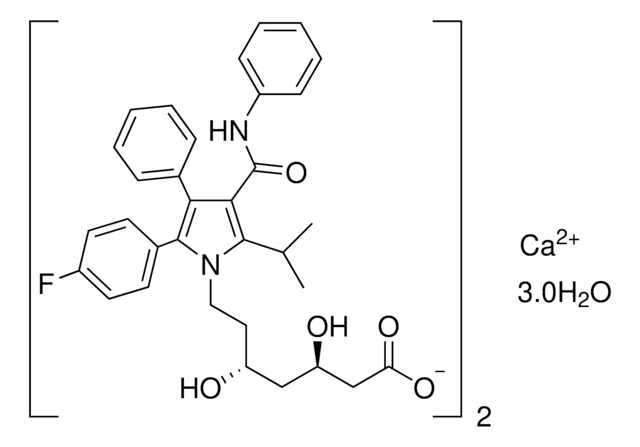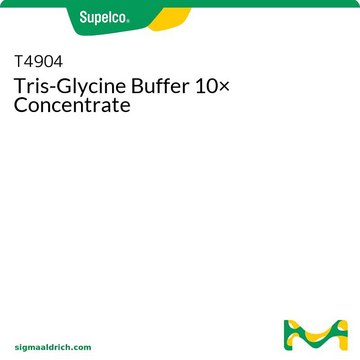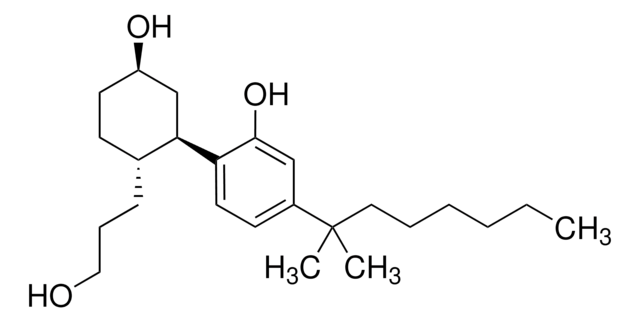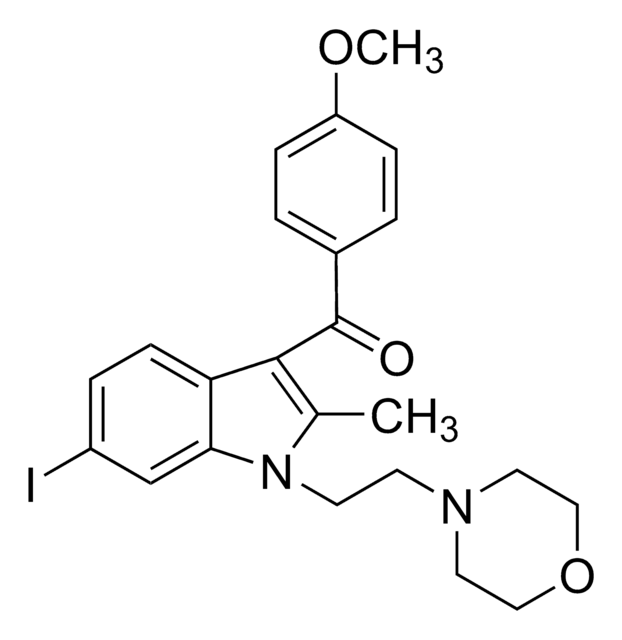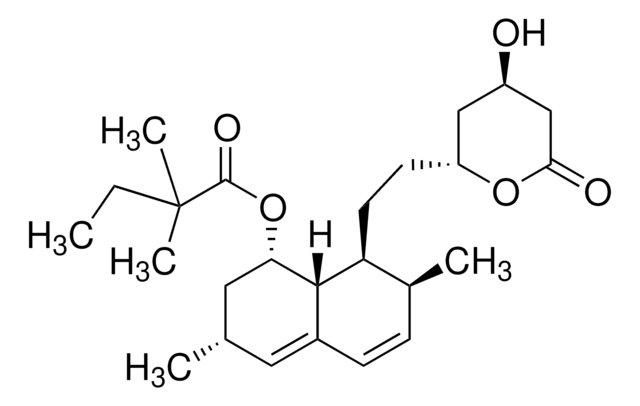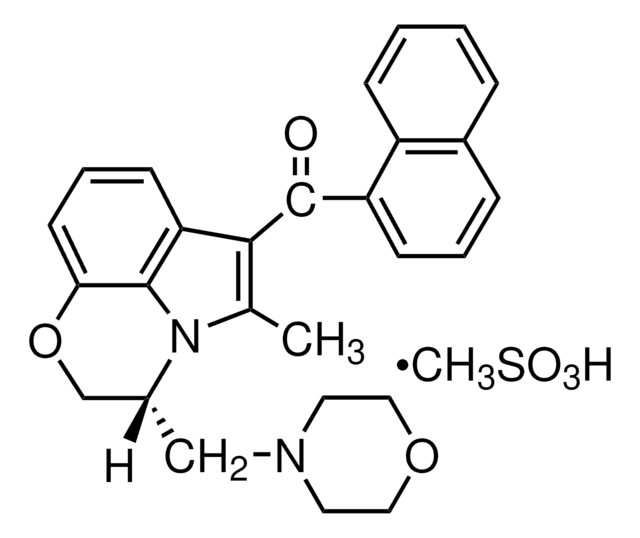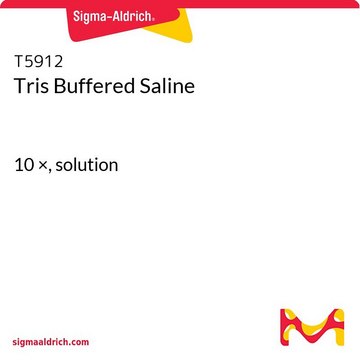PZ0019
CP-945,598
≥98% (HPLC)
別名:
1-[8-(2-Chlorophenyl)-9-(4-chlorophenyl)-9H-purin-6-yl]-4-(ethylamino)-4-piperidinecarboxamide hydrochloride, 1-[9-(4-Chlorophenyl)-8-(2-chlorophenyl)-9H-purin-6-yl]-4-ethylaminopiperidine-4-carboxylic acid amide hydrochloride, CP 945598-01, Otenabant hydrochloride
ログイン組織・契約価格を表示する
すべての画像(1)
About This Item
おすすめの製品
アッセイ
≥98% (HPLC)
形状
powder
色
white to beige
溶解性
DMSO: 1 mg/mL, clear (warmed)
保管温度
room temp
InChI
1S/C25H25Cl2N7O.ClH/c1-2-31-25(24(28)35)11-13-33(14-12-25)22-20-23(30-15-29-22)34(17-9-7-16(26)8-10-17)21(32-20)18-5-3-4-6-19(18)27;/h3-10,15,31H,2,11-14H2,1H3,(H2,28,35);1H
InChI Key
KPYUQCJBZGQHPL-UHFFFAOYSA-N
生物化学的/生理学的作用
CP-945,598 is a potent, selective, high affinity and competitive cannabinoid type 1 (CB1) receptor antagonist. CP-945,598 inhibits both basal and cannabinoid agonist-mediated CB1 receptor signaling in vitro and in vivo. CP-945,598 exhibits anorectic activity in two models of acute food intake in rodents, fast-induced re-feeding and spontaneous, nocturnal feeding.
CP-945,598 is also known as 1-(8-(2-Chlorophenyl)-9-(4-chlorophenyl)-9H-purin-6-yl)-4-(ethylamino)piperidine-4-carboxamide. This orally active antagonist of the cannabinoid CB-1 receptor may be used in the treatment of obesity.
特徴および利点
This compound is a featured product for Neuroscience research. Click here to discover more featured Neuroscience products. Learn more about bioactive small molecules for other areas of research at sigma.com/discover-bsm.
保管分類コード
11 - Combustible Solids
WGK
WGK 3
引火点(°F)
Not applicable
引火点(℃)
Not applicable
試験成績書(COA)
製品のロット番号・バッチ番号を入力して、試験成績書(COA) を検索できます。ロット番号・バッチ番号は、製品ラベルに「Lot」または「Batch」に続いて記載されています。
Excretion, metabolism, and pharmacokinetics of CP-945,598, a selective cannabinoid receptor antagonist, in rats, mice, and dogs
Miao ZS, et al.
Drug Metabolism and Disposition, 39(12), 2191-2208 (2011)
Lei Xiao et al.
eLife, 7 (2018-04-21)
The experience of rewarding or aversive stimuli is encoded by distinct afferents to dopamine (DA) neurons of the ventral tegmental area (VTA). Several neuromodulatory systems including oxytocin regulate DA neuron excitability and synaptic transmission that process socially meaningful stimuli. We
ライフサイエンス、有機合成、材料科学、クロマトグラフィー、分析など、あらゆる分野の研究に経験のあるメンバーがおります。.
製品に関するお問い合わせはこちら(テクニカルサービス)
